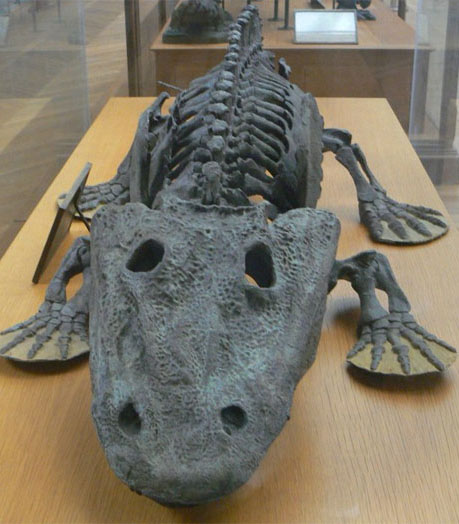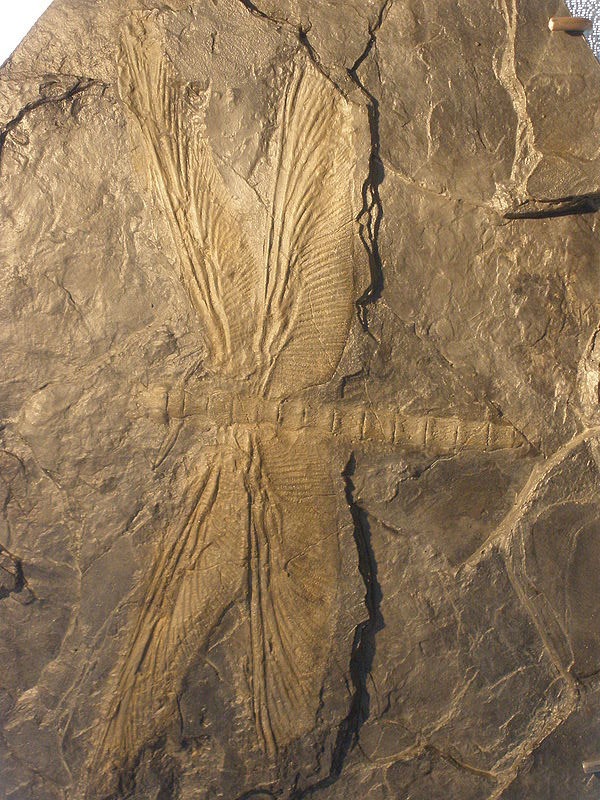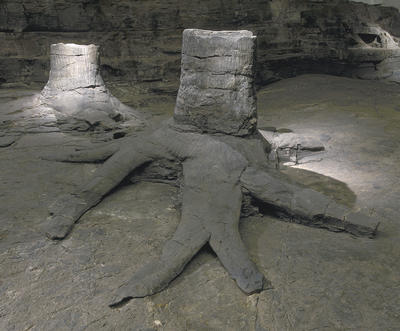 |
 |
 |
 |
 |
Produced
by the Population Genetics and Evolution class, Furman University |
||||
 |
 |
 |
 |
 |
Produced
by the Population Genetics and Evolution class, Furman University |
||||
 |
The
Carboniferous |
 |
||
 |
The terrestrial environments of the Carboniferous Period (which is divided into the Mississippian and Pennsylvanian Epochs in North America because of the very different geologies in these intervals), were dominated by extensive coastal swamps populated by giant lycopod trees like Lepidodendron, with an understory of tree ferns like Psaronius. The earliest progymnosperms evolved in this period, like Cordaites and Lebachia. These tall trees were the first plants to evolve lignin. This tough, rigid fiber was indigestible by the extant bacteria, so fallen trees were covered by sediment, protected from decomposition, and became the coal deposits that give the 'carbon'-iferous its name. The imbalance between high photosynthetic production and less decomposition made the atmosphere particularly rich in oxygen. Extensive swamps and a moist atmosphere rich in oxygen made the perfect habitat for amphibians that radiate into several different groups, including the anthracosaurs, temnospondyls, and lepospondyls. Greater competition among these early amphibians may have selected for those that could spread farther from the water. Amphibian eggs must be laid in water or a very moist environment; the evolution of a desiccation-resistant amniotic egg allowed vertebrates to travel farther from the water. The earliest putative amniote is Casineria, a small nimble reptile-like animal that predates the protorothyrids - the first true reptiles. The terrestrial invertebrates radiated, as well, particularly in the late Carboniferous as many insects adapted to lignin and adopted an herbivorous lifestyle. The Carboniferous is also notable for the largest terrestrial arthropods of all time; the giant 2m millipede, Arthropleura, and the largest flying insect of all time, the dragonfly-like Meganeura. Some scientists hypothesis that the giant size of Carboniferous arthropods and amphibians was a function of the high oxygen levels; these organisms are typically small and size is limited by rather inefficient respiratory systems. In the seas, the extinction of placoderms was exploited by a great radiation of sharks. Freshwater habitats were still home to fearsome eurypterids, and lobe-finned fishes were still abundant. |
 |
||
| Above:Temnospondyl fossil; Photo From: elementy.ru Below, Carboniferous Forest, from: The Field Museum | Above: Meganeura; from: Wikimedia Commons Below: Lepidodentron stumps, from: The Glasgow Story. |
|||
 |
 |
|||